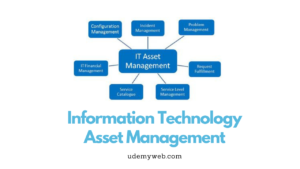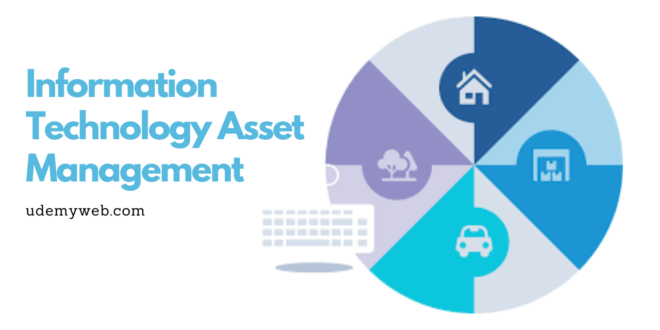Information Technology Asset Management (ITAM) is the process of ensuring that an organization’s assets are accounted for, used, maintained, promoted, and disposed of in a timely manner. Simply put, this process ensures that valuable, tangible, and intangible items are tracked and used in your organization.
So, what is an IT asset? Simply put, IT assets include the hardware, software systems, or information that an organization values.
IT assets have a limited useful life. To maximize the value of an organization, they can be used to prevent the life cycle of IT assets. Each organization may define individual life cycle steps, but they generally include planning, preparation, deployment, maintenance, and retirement. An important part of IT asset management is the use of the process at all stages of the life cycle to understand the total cost of ownership and optimize the use of assets.
More About Information Technology Asset Management
In the past, IT departments were able to control assets in their area. At present, the management of an organization’s assets goes far beyond hardware that has the seal of IT approval. Software-based on employee participation and expectation to customize the tools they work with through markets and app stores poses new challenges in asset management. How modern teams work requires IT, teams, to be flexible and adapt their asset management process to the best possible business.
As different teams strive to work with the tools that best meet their needs, asset management is an important part of an organization’s overall strategy and provides up-to-date information to reduce risks and costs. The asset management process provides a source of truth when optimizing budgets, supporting life cycle management, and making decisions that affect the entire organization.
As non-IT teams begin to embrace service management, asset management has become important to different sectors. We’ve heard that organizations use asset management software to manage everything from navigation to fishing, insurance, and musical instruments.
Read Also: Application of data science in finance
Why is IT asset management important?

Provide a single source of truth
Often, assets are tracked by a large number of different people in a large number of different locations. No particular person owns anything and no single tool collects and centralizes information. Naturally, such a situation leads to chaos and inaccuracy.
Making informed decisions is difficult; there are even companies whose individuals are only employed to track IT assets. Systems must do this. IT IT employees can focus more on what is important to the organization, without having to spend time and brainstorming on tracking artifacts, monitoring usage, and understanding dependencies. Asset management brings order and provides a single source of truth for IT teams, management, and ultimately the organization as a whole.
Improve the use and removal of waste
Asset management updates information, so teams eliminate waste and improve usage. It saves you money by preventing unnecessary purchases and reducing licensing and support costs. Increasing control also increases compliance with security and legal policies and reduces risks. Positive consequences for costs and productivity benefit the entire organization.
Increase productivity without compromising reliability
With the digital revolution that has changed the way organizations operate, modern asset management goes beyond laptop and mouse tracking. Teams use the DevOps and SRE principles and need asset management processes and tools to deliver new functions and services quickly without compromising their reliability.
Conclusion of Information Technology Asset Management
As information technology continues to evolve, dependency for important services is increasingly being transferred to SaaS vendors, and it is imperative that we keep track of changes in dynamic cloud environments and adapt our asset management to these changes. It is important that you choose tools that can best collaborate and support your service management performance.
Every organization is different. You may need to draw complex affiliations in a company. You may want to record intangible assets such as licenses and compliance documents to reduce risk. Your needs may be simpler and include tracking computer inventory.
Fortunately, there is asset management software in all aspects, from agile and cost-effective integrations to sophisticated, high-cost solutions that can automatically detect all IP-based hardware on the network, prevent waste, and process. To optimize in general. Whether you’re working with a lightweight tracker or an enterprise-level system, the most important thing is to find the option that works best for your unique uses.
Read Also: An overview of the reasons for the success of the Tesla brand
 Udemy Web Free Courses
Udemy Web Free Courses





[email protected]